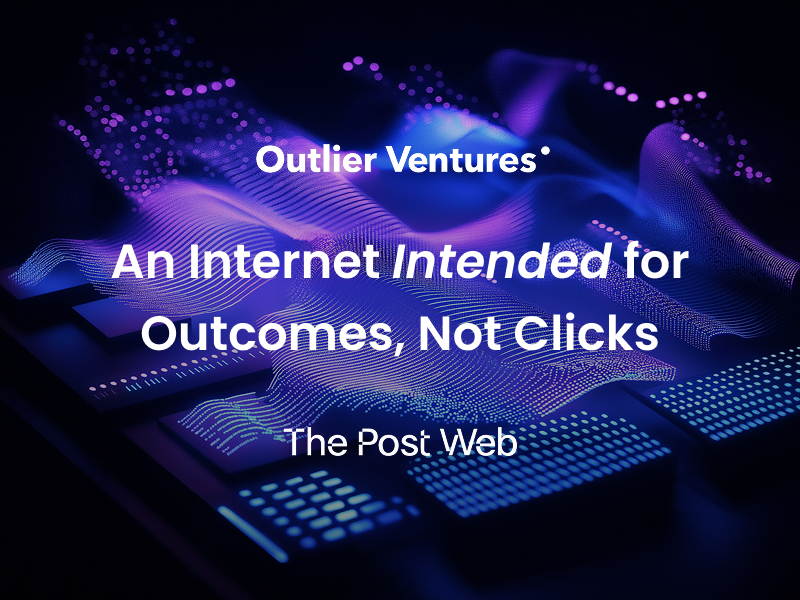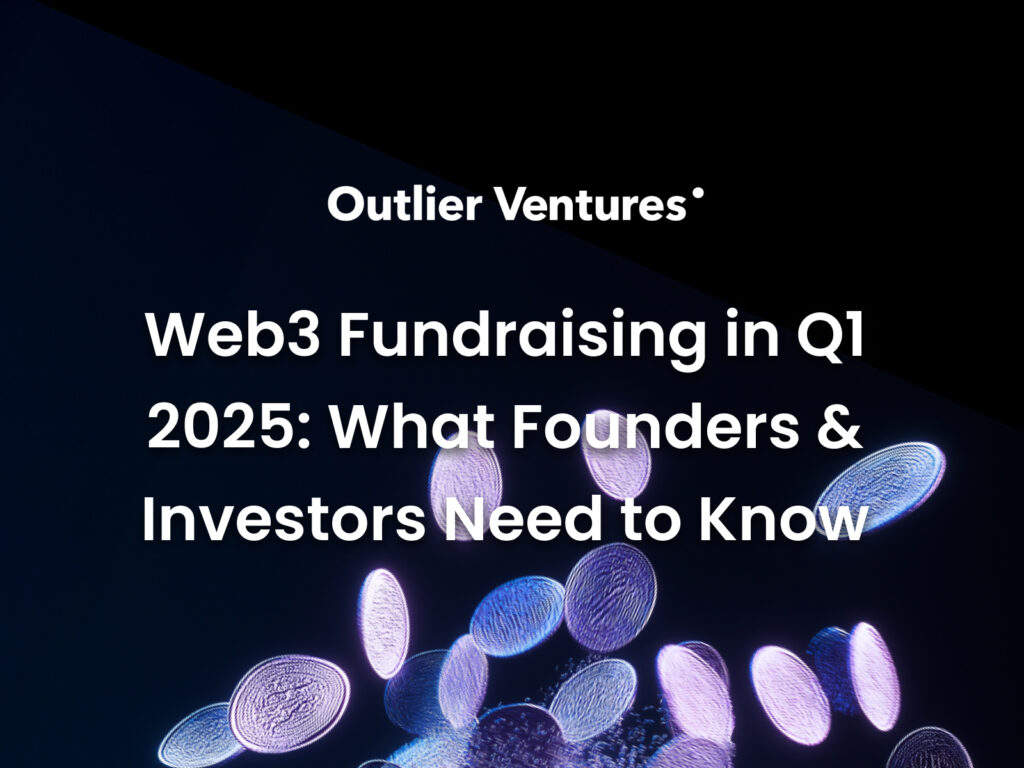Last week’s Diffusion was our biggest yet. Diffusion is a quarterly opportunity for Outlier to take stock of wider market learnings, and analyze key trends in the space. Diffusion is also an opportunity for the latest cohort teams to showcase what they’ve learned in the past three months.
This blog post is dedicated to our teams. Well done!
At Outlier, we’re committed to educating new users, builders, and companies on how Web3 can help them achieve their goals. Whether it’s luxury fashion companies looking to incorporate NFT’s or financial applications looking to embrace DeFi, Outlier is committed to accelerating the next wave of builders. Together we can reach our goal of onboarding 1 billion people into Web3.
Couldn’t make it? Here’s what Diffusion taught us about the Open Metaverse!
We’ve analyzed the best themes and quotes from last week’s Diffusion event here for you:
<Sign up to Outlier’s newsletter to stay updated on Web3 events, news, and insights!>
Key Themes and Analysis
- Market downturns are when the true Outliers come out: “Despite the different things that are being floating around, the builders are building, It’s a really positive sign because when you look back to 2001 and 2008 that’s when really interesting tech companies like Google and Amazon were founded” – Des Martin, Chief Marketing Officer, Outlier Ventures
- Challenging times present unique opportunities for builders, consumers and investors. Bull markets are great for making quick cash and driving excitement, but they can also be distracting. It becomes difficult to figure out where and how to focus. When we look back, the best companies are formed in bear markets. Those builders truly committed to driving innovation will come out of the woodwork; and there will always be a market for quality.
- Web3 is forging new alliances between creators:“If there’s one trend that really needs attention bent towards it, it is the ability to put creators and builders and athletes the ones doing the work at the center of… this new ecosystem” – Erika Wykes Sneyd, Global VP of of adidas Web3 studio
- What do builders, creators, and athletes have in common? They are the ones doing the work. Fundamentally, Web3 is about putting those creating value at the center. Whether it’s through artists earning royalties for their work via NFT’s or athletes using a DAO or fan token to engage their community, Web3 is putting that value back in the hands of creators.
- The test of NFTs use cases depends on how the technology is applied: “We see NFTs as a form of atomized social media, where you can have a stake in what allows you to express identity and belonging. Having some share the economic value that is collectively created as a super exciting.” -Jamie Burke, CEO and Founder, Outlier Ventures
- At Outlier, we don’t get caught up in hype cycles. But despite the hype, we’re very bullish on the potential for Non-Fungible Tokens. That’s because we believe that the strongest use cases for decentralized ledger technology isn’t in speculation or making money. It’s in creating the technology to allow for better expression of identity, increased ownership, and proper compensation for creators and builders. Through programs like Farfetch Dream Assembly Base Camp and IPFS Open Metaverse Base Camp, we’re supporting the best teams building the utility that underlies the Open Metaverse.
- The best builders cut through the noise:“Think deeply about what it is you’re doing, why you want to do it. If it’s to get rich, there’s probably easier ways. Don’t get caught up in the cycles. If you believe you’ve got something and you can do it, it doesn’t really matter” – Esther O’Callaghan, Founder and CEO of Hundo
- Why do builders build? Why are they willing to put it all on the line? To work day and night? To persevere in the face of rejection? If we look at the most successful founders, it’s because they truly believe in what they’re building; they’re obsessed with it. It’s not about ego or money; it’s a deep desire to make a change in the world.
- Being a successful founder is about putting yourself at the center: “At these times of technical evolution and momentum there’s a compounding effect for the people that are in are in there and building. Maybe you’ll build and it won’t go very well but you’ll be learning so much new nascent information and building on that” – Carol Hilsum, Sr. Director of Product Innovation, Farfetch
- When you look at the most successful innovators, most of them didn’t get it right the first time…or the second! Maybe they were too early. Maybe they didn’t have the knowledge or maturity to know how to position their product correctly; maybe they didn’t have the correct contacts; or maybe (as is often the case) they were just unlucky. But throughout that process, they learned something. Being a founder is about putting yourself in the center of the action. That’s where the real learning happens.
Overall, we’re incredibly proud of our founders and thankful to all those who came out to this Metaverse gathering. Above all, it showed the true community that still exists around Web3. That there’s real enthusiasm in the space for real the innovation which Web3 brings. But there’s more work to be done; the true potential of blockchain is yet to be unlocked. So let’s work together to build a more fair, equal, and decentralized internet.
Couldn’t make Diffusion? Never FOMO again! Sign up to our newsletter to stay updated!




